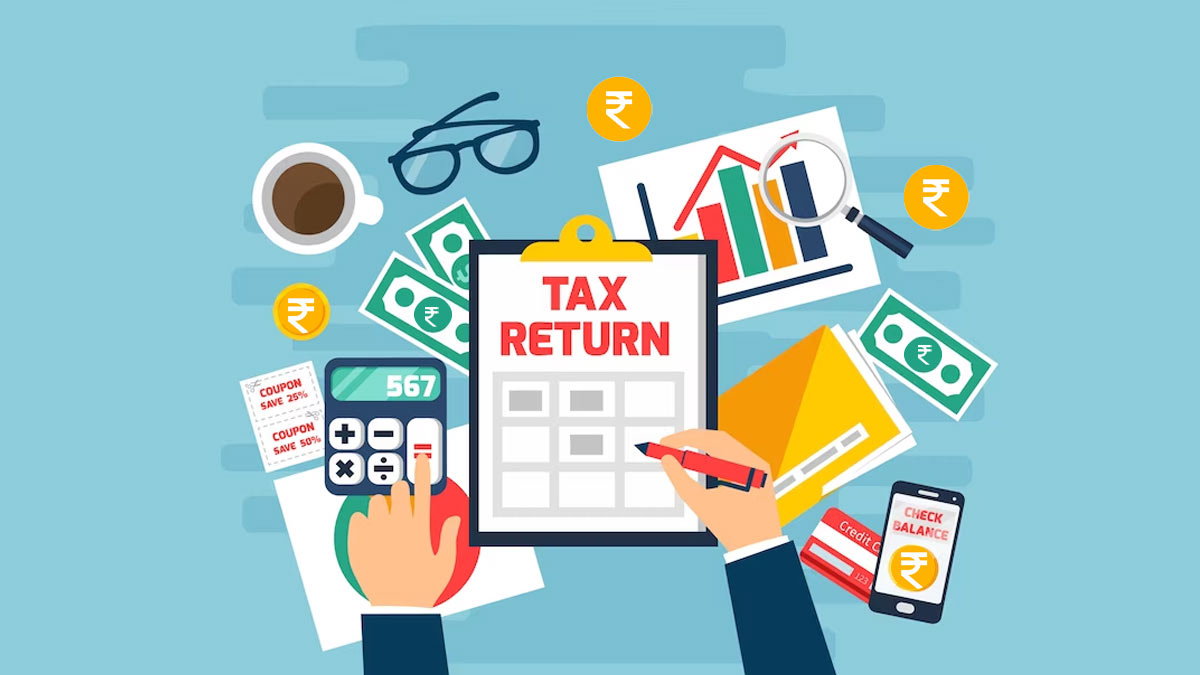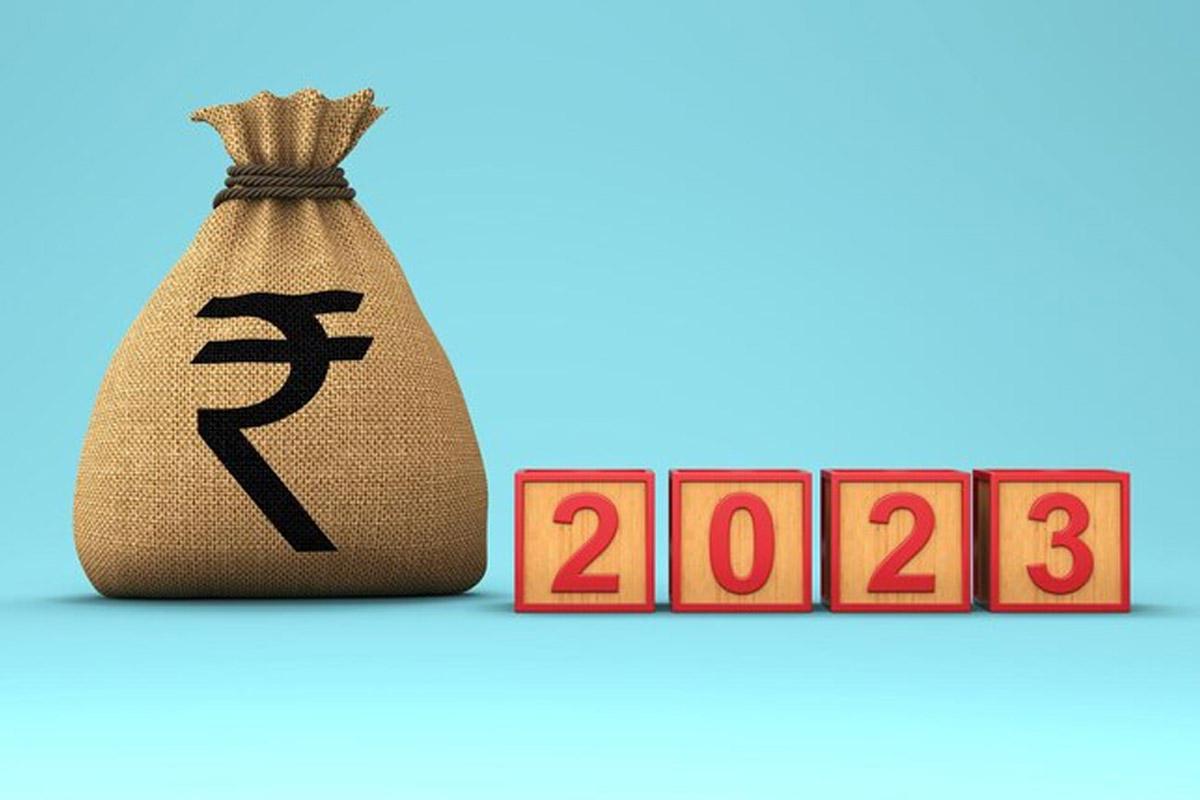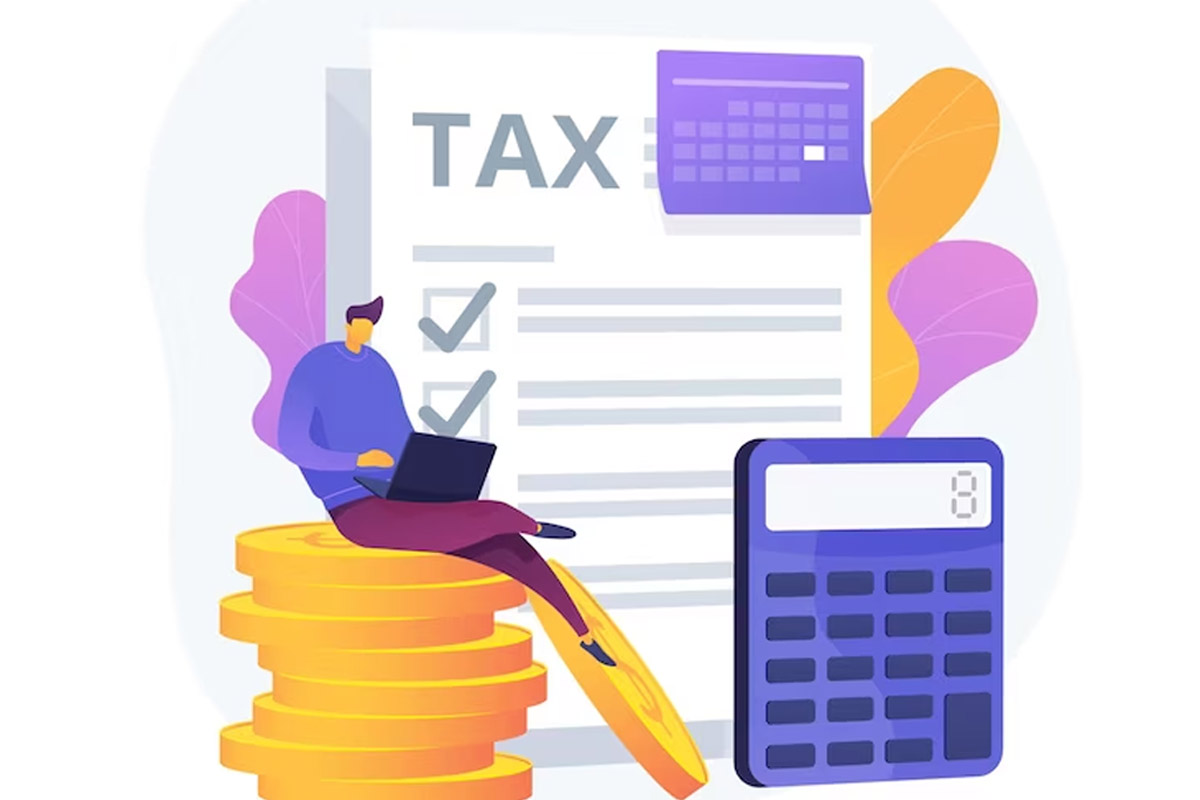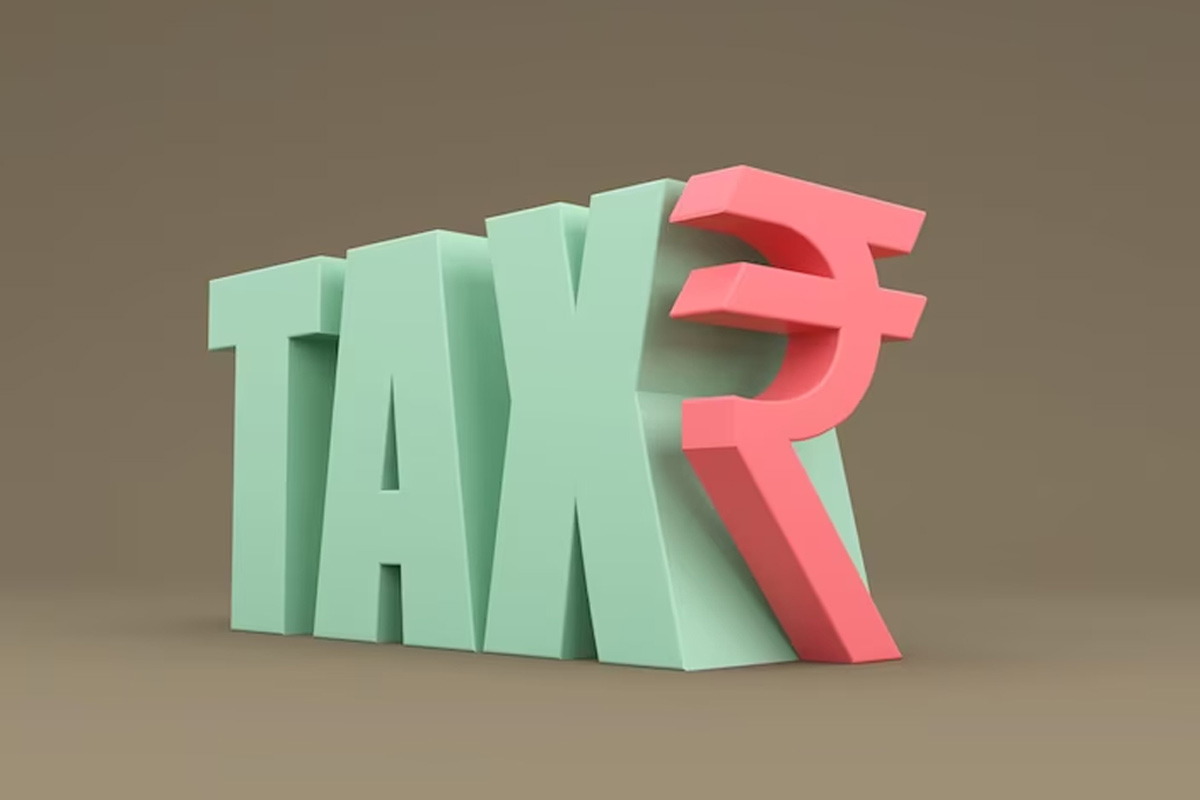
Explainer: Income Tax Tweaks In Union Budget 2023, Expert Shares Pros & Cons
All eyes were on television on February 1 when Finance Minister Nirmala Sitharaman announced the Union Budget 2023-24. There were already some rumours about introducing schemes to help the middle class, and everyone was expecting something that could give them a ray of hope in times of rising prices of fuel and gas.
Everyone took a sigh of relief when Sitharaman said that the central government has raised the range of tax rebates from ₹5,00,000 per annum to ₹7,00,000 per annum. From ministers in the parliament to people in offices, everyone beat their tables to second the motion proposed.
In simpler terms, if your annual income is ₹7,00,000 or less, you won’t have to pay any income tax whatsoever. She also proposed a change in the income tax slab and announced that the new tax regime would be the default one, however, people applying the old tax regime would be able to claim benefits specified under its annexure.
There is a catch that everyone dropped except for financial experts. Therefore, we spoke to CA Deksha Gupta, partner at a firm in Ghaziabad, to understand the pros and cons of Income Tax tweaks.
Income Tax - Difference Between Old & New Tax Regimes

Under the Direct Tax or Personal Income Tax, India has two schemes running in parallel. One is old and another one is new. The new tax regime will be the default tax regime was the underlined bold statement that financial noobs would not have understood.
Let’s understand the difference between the two regimes,
Old Regime
Under the old income tax regime, salaried people enjoyed certain benefits. First of all, they had a standard deduction of ₹50,000 on their annual income. After that, they enjoyed further deductions of ₹1,50,000 under Section 80C (LIC, etc). There was a further reduction of up to ₹25,000 in the total income under Section 80D if one had medical insurance.
1
2
3
4
Depending on the investments, a person can still claim benefits under Sections 80DD (medical treatment), 80E (interest on education loan), 80EE (interest on house loan), etc. mentioned in the Income Tax (IT) Act.
So, the taxable income used to be the amount that came after deducting all the amounts of investments. It was particularly beneficial for middle-class salaried employees.
New Regime
Under the new tax regime, there are no deductions for salaried employees except for the standard deduction of ₹50,000 mentioned under Section 16 of the IT Act. Hence, whether you have invested money inNational Pension Scheme(NPS), LIC or medical insurance or pay home or education load, you cannot claim benefits.
Income Tax Slabs Under Old & New Regimes

Old Tax Regime
- ₹0L to ₹2.5L - 0%
- ₹2.5L to ₹5L - 5%
- ₹5L to ₹10L - 20%
- > ₹10L - 30%
New Tax Regime
- ₹0L to ₹3L - 0%
- ₹3L to ₹6L - 5%
- ₹6L to ₹9L - 10%
- ₹9L to ₹12L - 15%
- ₹12L to ₹15L - 20%
- > ₹15L - 30%
Calculations Under New & Old Tax Regimes
Take, for example, a person who has an annual income of ₹8,00,000. In both cases, the taxable income after standard deductions will be ₹7,50,000.
Income Tax Under Old Regime

The taxable income of ₹7,50,000 will have further deductions, Now let’s assume that the person has medical insurance, NPS and other investments under Section 80C. Therefore, further reductions will be of ₹1,50,000 under Section 80C and ₹25,000 under Section 80D.
The taxable income becomes ₹5,75,000 (₹7,50,000 - (₹1,50,000 + ₹25,000)). This income will be further divided into tax slabs
₹0L to ₹2.5L - 0%
₹2.5L to ₹5L - 5% (₹12,500)
₹5L to ₹5.75L - 20% (₹15,000)
Total = ₹27,500
Therefore, a person with an annual income of ₹8,00,000 would pay an income tax of ₹27,500 under the old regime.
Don't Miss: Union Budget 2023: 4 Key Points That Women Must Take Note Of
Income Tax Under New Regime

Since there are no deductions under the new tax regime, the taxable income is ₹7,50,000. This will be further divided into tax slabs,
₹0L to ₹3L - 0%
₹3L to ₹6L - 5% (₹15,000)
₹6L to ₹7.5L - 10% (₹15,000)
Total = ₹30,000
Hence, under the new regime, a person with an annual income of ₹8,00,000 would pay ₹30,000 as tax.
Don't Miss: Union Budget 2023: Did It Tick All The Boxes For Women This Year?
Therefore, the new regime is good for people with annual income less than or equal to ₹7,00,000. It is also beneficial for those with income more than ₹7,00,000 per annum if they have not invested anywhere. The old regime would be more beneficial if you have certain eligible deductions allowed under the various provisions of the Income Tax Act.
The new scheme announced under budget 2023 only demotivates people from investing. It sure is a full-proof way to promote the circulation of money and increase the rate of economic growth of India.
Disclaimer: You can still avail of benefits under the old scheme by filling out a form before the due date mentioned in Section 139 (I) of the Income Tax Act.
Also watch this video
Herzindagi video
1
2
3
4